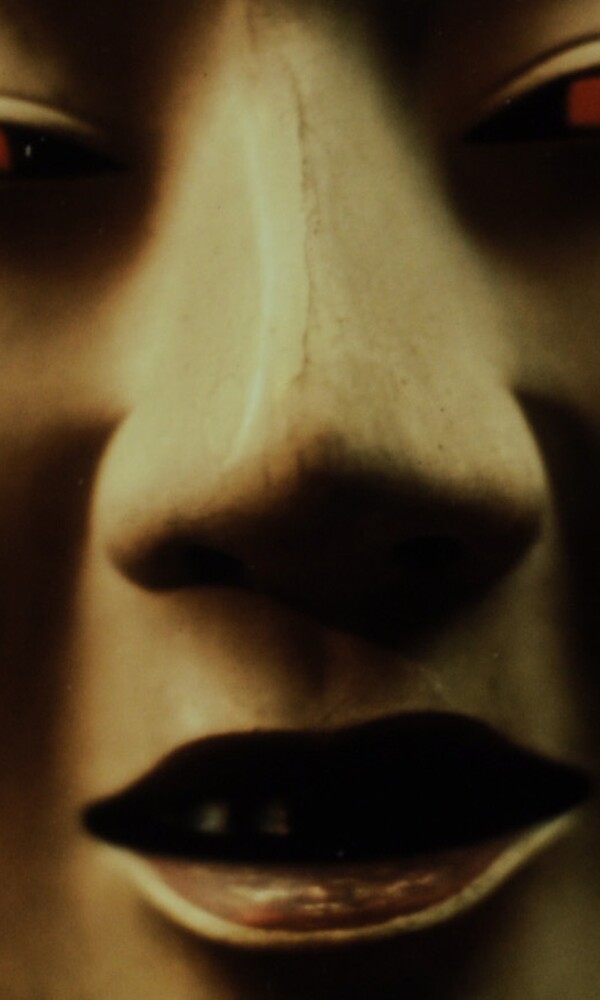Lothar Baumgarten, Christian Boltanski, Sophie Calle, Hans-Peter Feldmann, Galerie für Landschaftskunst, Nikolaus Lang, Annette Messager and Peter Piller
As part of our new series gegenwärtig: we present artists whose work revolves around the processes of exploring, collecting and systemizing; found objects from nature and everyday urban life determine the works they create. These artists pose as scientific investigators, often with a wry wink.
One of the first »field researchers« was Nikolaus Lang. In the 1970s he made extended journeys to the far corners of the globe, collecting things he found en route: objects from nature as well as relics of our modern throwaway society. Like an archaeologist, Lang charted his finds and painstakingly noted their place of discovery and state. His interest is thus divided equally between the dichotomy of nature and technological progress and the conflict between different cultural systems.
The artists who together make up the Galerie für Landschaftskunst in Hamburg follow in this investigative tradition. Their field of research, however, is the landscape of our immediate surroundings: abandoned or forgotten urban areas. These artists are particularly interested in the relative strength of nature and culture. Bob Braine explored small, uninhabited islands around Manhattan. Unlike Nikolaus Lang, he declares not only his found objects but also his technical aids, such as the various boats he used, to be exhibitable objects of art.
Lothar Baumgarten uses pictures he collected in an ethnological museum to reflect not only upon the colonialist origin of these objects but also on the ordering processes to which they are subjected in the museum context.
Other artists question their environment in the sense of sociological categorization. Sophie Calle furnished a New York telephone booth with all sorts of surprising things such as colourful bunches of flowers and appetizing sandwiches. She subsequently noted precisely how users reacted to these modifications and counted how many times the altered everyday surroundings made passers-by smile.
A third area of analytical research by artists is the imagery of the mass media. Since the 1960s Hans-Peter Feldmann has worked with images from magazines or printed advertising material. He collects pictures and groups them according to specific themes. By reproducing all the photos from one issue of a newspaper as a large pictorial collage, Feldmann scrutinizes how images are employed. The young Hamburg-based artist Peter Piller has taken up Feldmann’s approach, for example by collecting photos published in daily newspapers in which with a superimposed arrow marks the scene of a crime.
In the work of Christian Boltanski and Annette Messager the investigation of individual biographies and collective stereotypes play a key role. Boltanski’s series of photographs give the impression that he is here recounting the story of his own childhood using photos from a family album. In fact, all the pictures were taken of him as an adult and merely reconstruct typical childhood scenes. Here the sociological is interwoven with the fictional.
The exhibition »Field Research« shows how artists make use of diverse scientific strategies to address an age-old concern: to discover something about the world. Ostensibly scientific methods demonstrate that these are constructed – and often highly personal – versions of that world.
